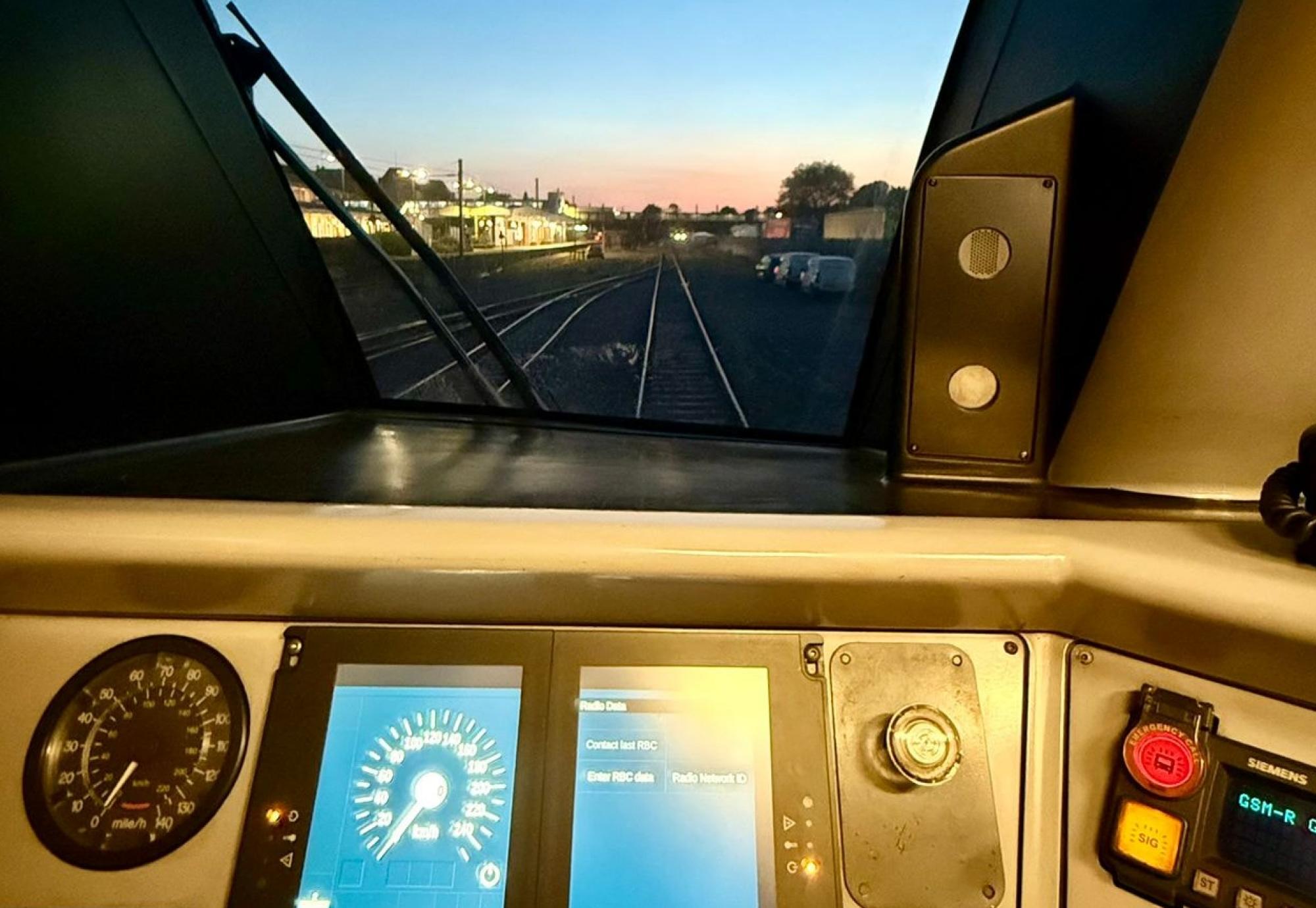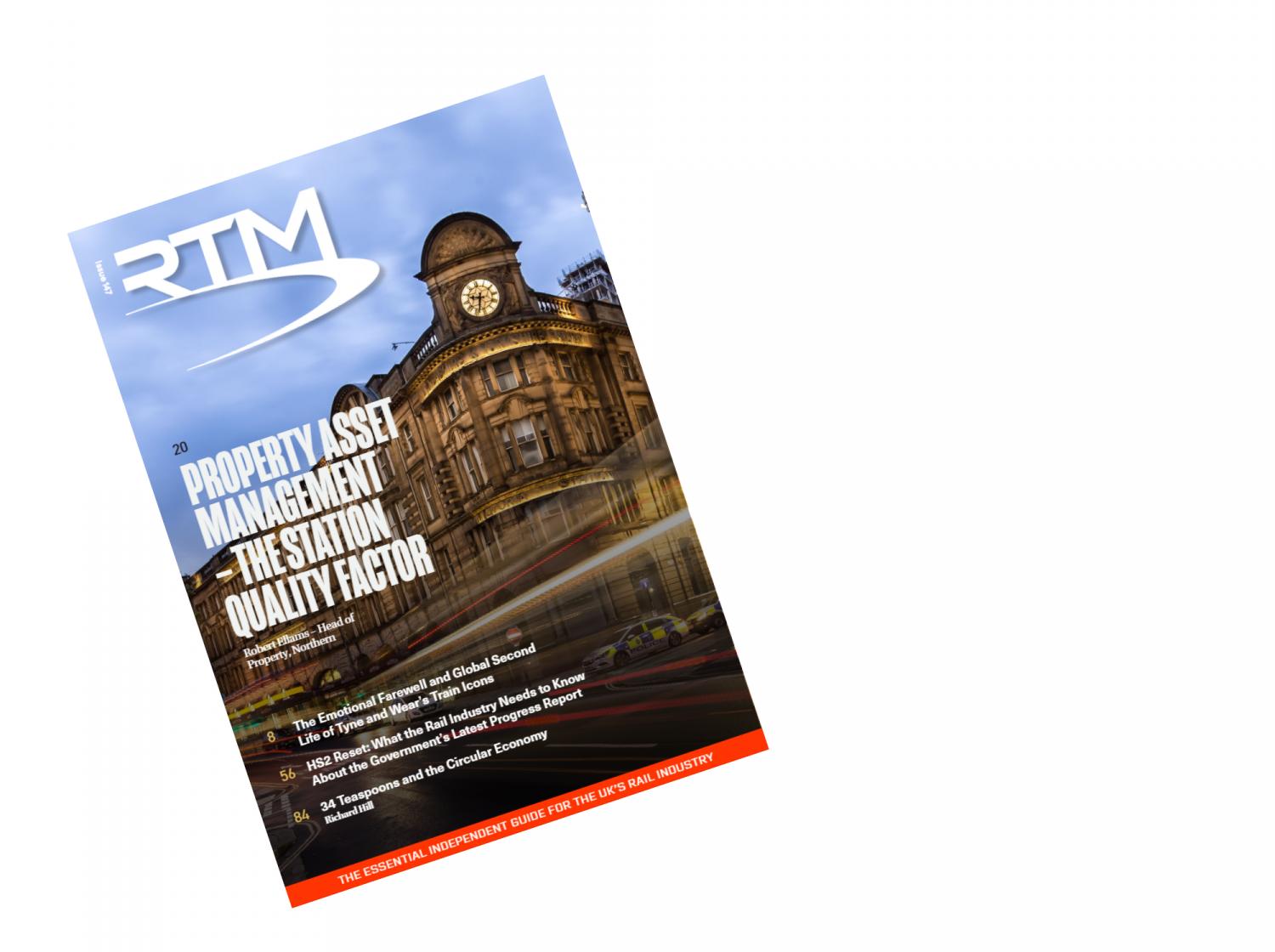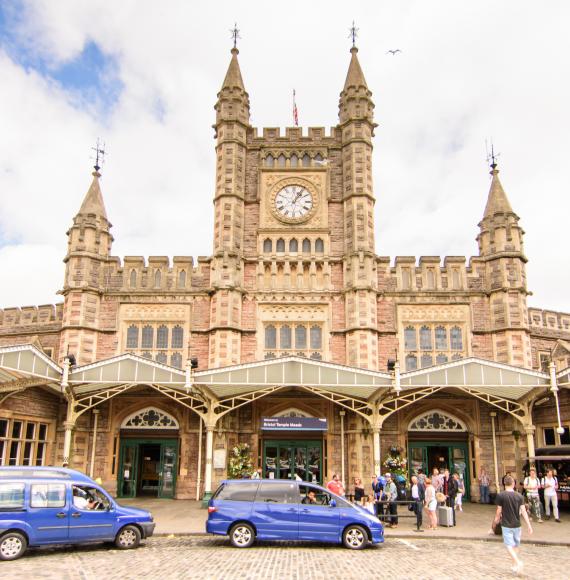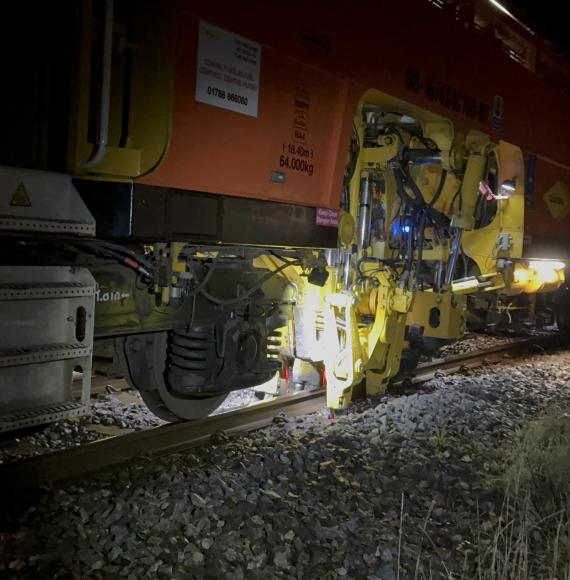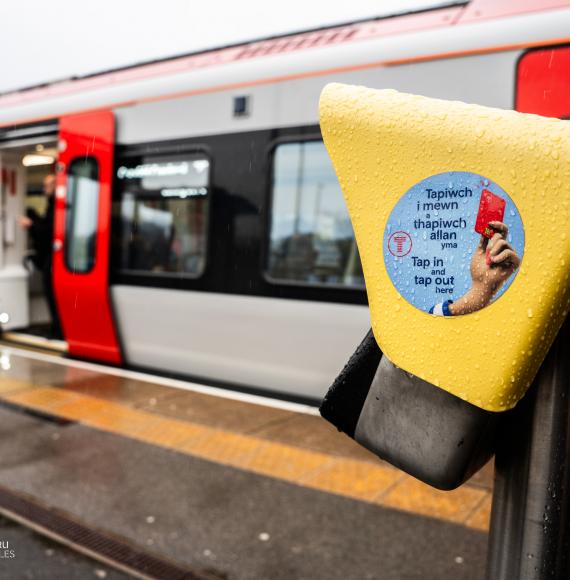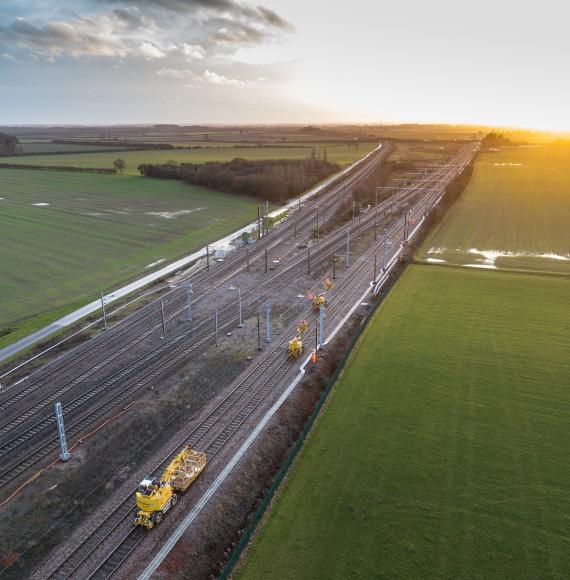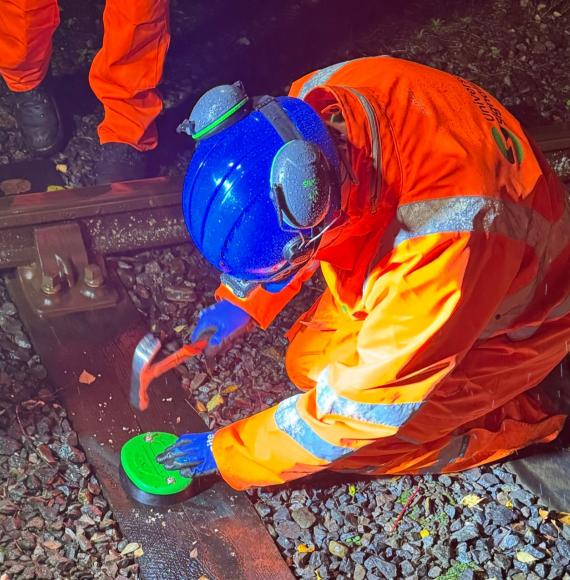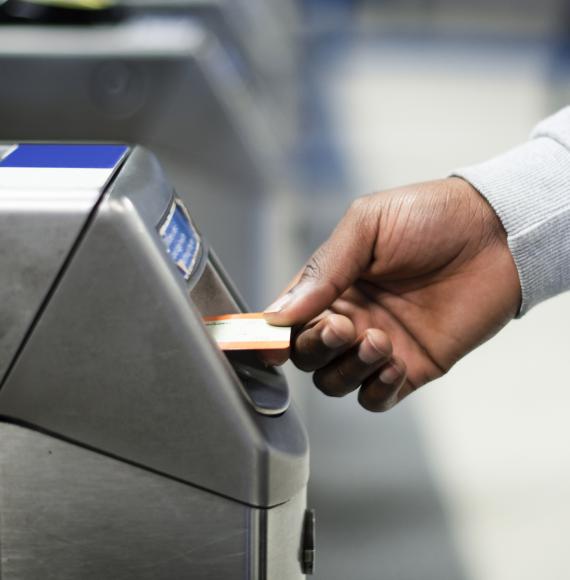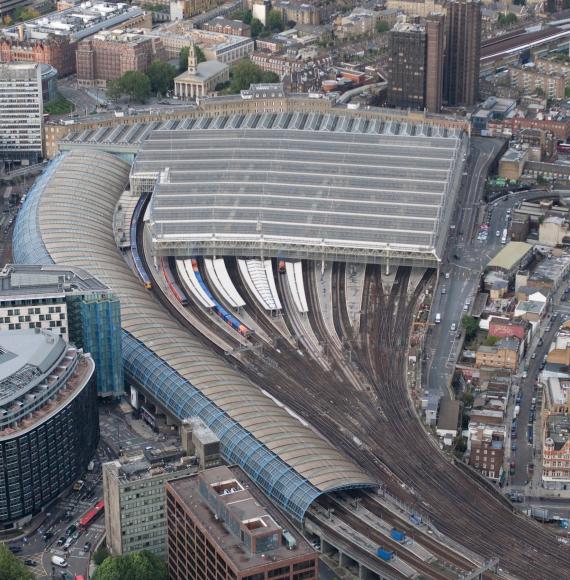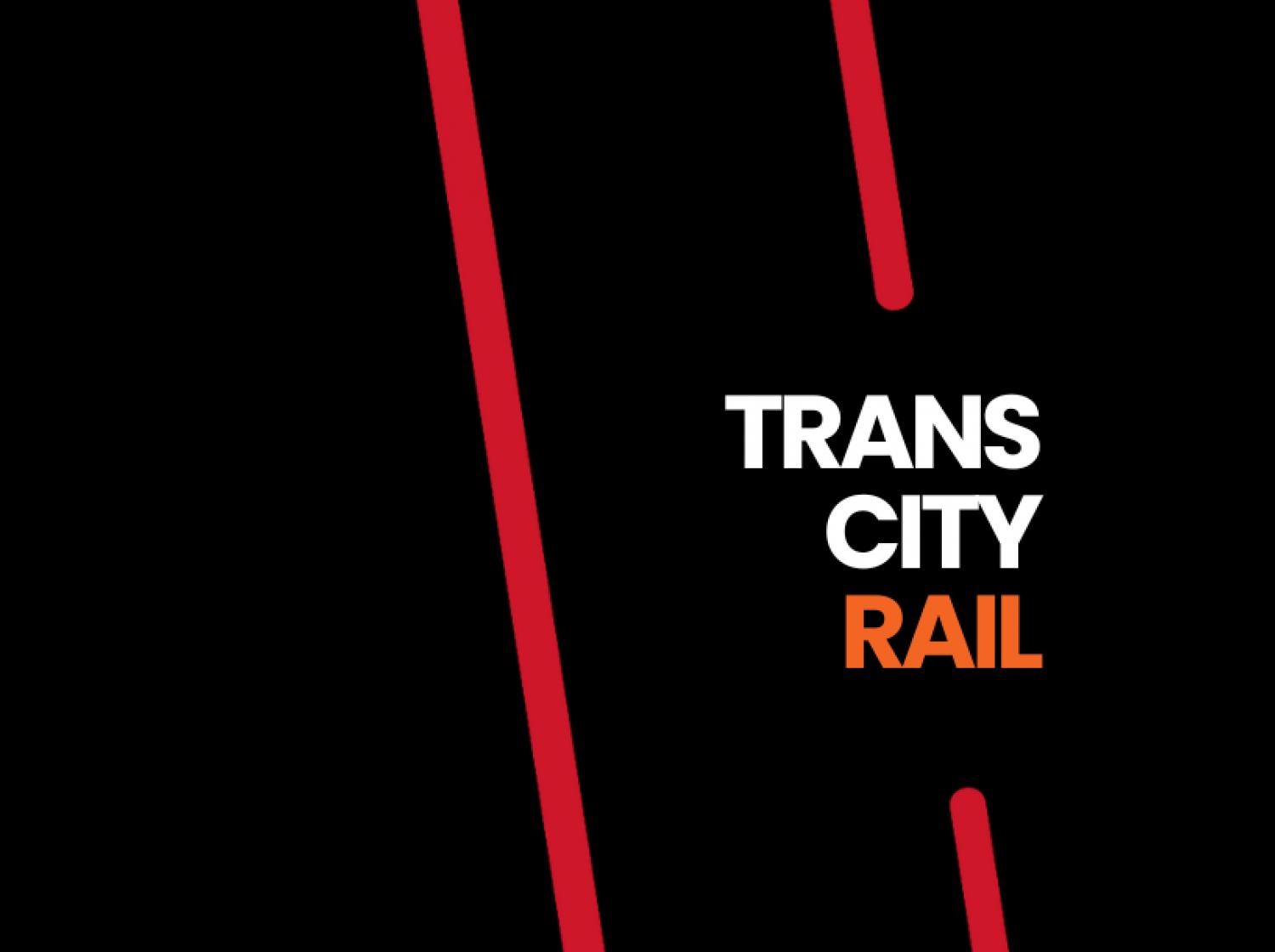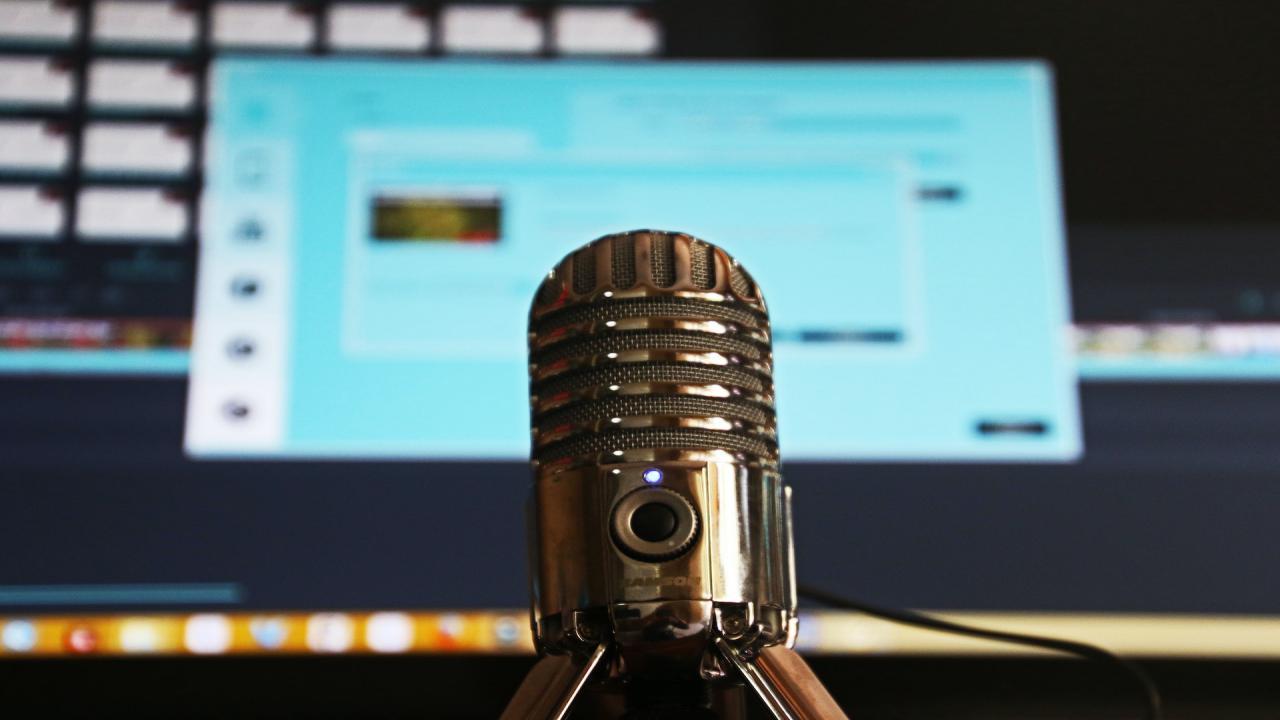Another key milestone has been delivered on the East Coast Digital Programme (ECDP).
On Sunday 15 June, passenger services between Peterborough/Royston and London King’s Cross were temporarily adjusted to allow for critical testing of the in-cab digital signalling system set to be deployed across the route in the coming years. This work forms part of the £1.4 billion ECDP, which is phasing out traditional lineside signals in favour of ETCS (European Train Control System)-based continuous signalling delivered directly into the driver’s cab—an upgrade designed to enhance network performance, reduce headways, and improve reliability.
Testing activities utilised rolling stock from Grand Central and Great Northern, enabling high-speed movements between Finsbury Park and Huntingdon to validate functionality across the upgraded infrastructure between Welwyn and Hitchin. Passenger operations using the digital signalling system are expected to commence on this section from 2026.
The trials were executed using a newly commissioned GPRS (General Packet Radio Service) bearer, allowing high-volume data exchange essential for ETCS performance. These high-fidelity data pathways represent an important shift in how real-time train control information is transmitted and managed on a live railway.
Additional enabling works also took place in preparation for the future deployment of ETCS between Biggleswade and Peterborough, ensuring alignment with the staged roll-out strategy.
Parallel to signalling developments, civil and electrical asset upgrades were undertaken. This included structural strengthening works to a bridge in the Finsbury Park area and the renewal of overhead line equipment in the Huntingdon section, contributing to enhanced system resilience and readiness for digital operation.
This progress continues to demonstrate the collaborative effort of industry partners to modernise one of the UK’s most strategically vital main lines, laying the foundation for a more efficient and future-ready railway.
Ricky Barsby, Network Rail head of access integration, ECDP, said:
“Further work has been done to deliver modern in-cab digital signalling that will enable a higher performing railway in the future."
“Introducing a change to the way we operate services necessarily involves a lot of rigorous testing, but this will help deliver more reliable journeys for passengers in the years ahead. We’re sorry to passengers whose journeys were affected by the work, and thank them for their continued patience.“
Image credits: Network Rail

